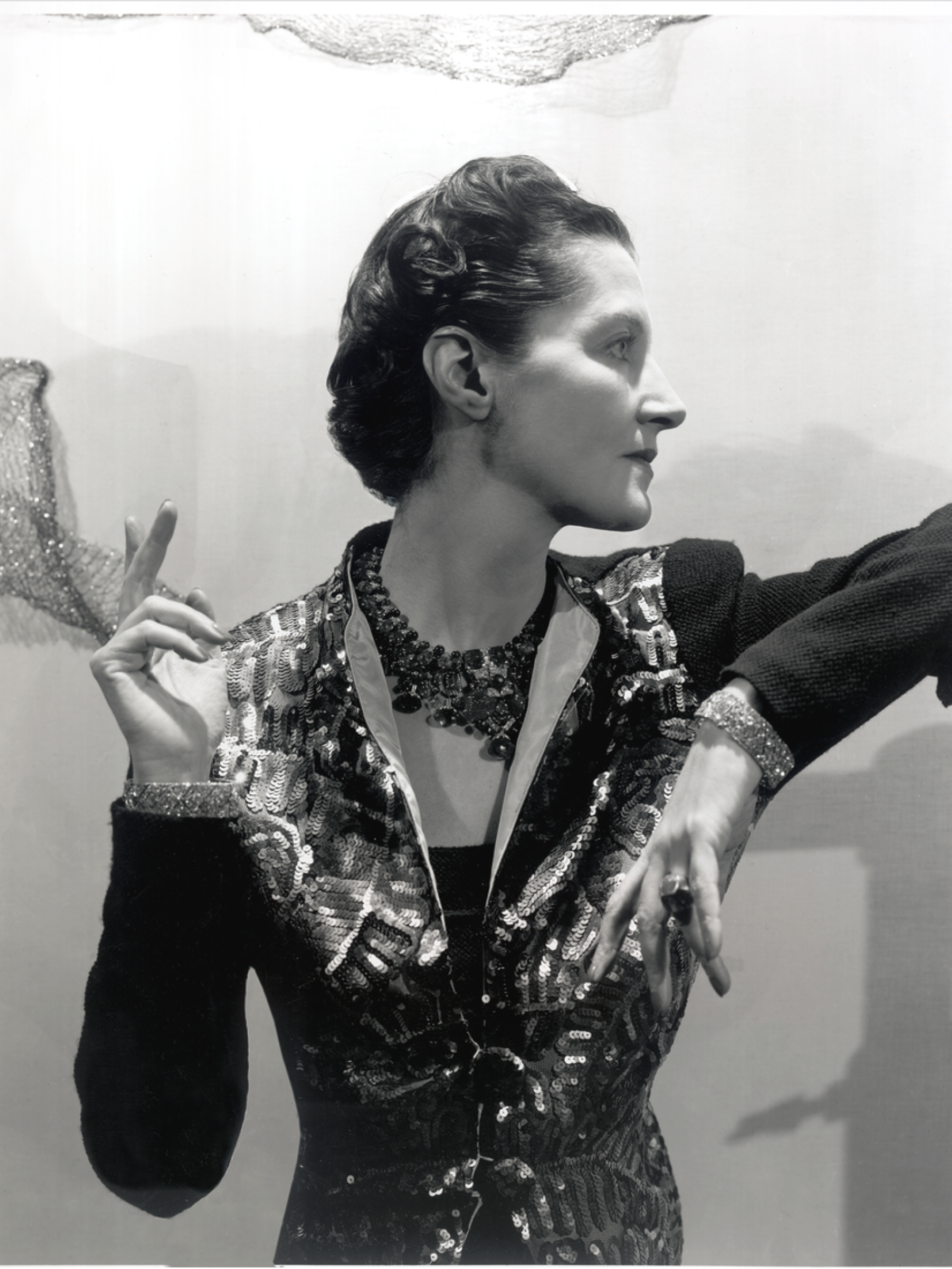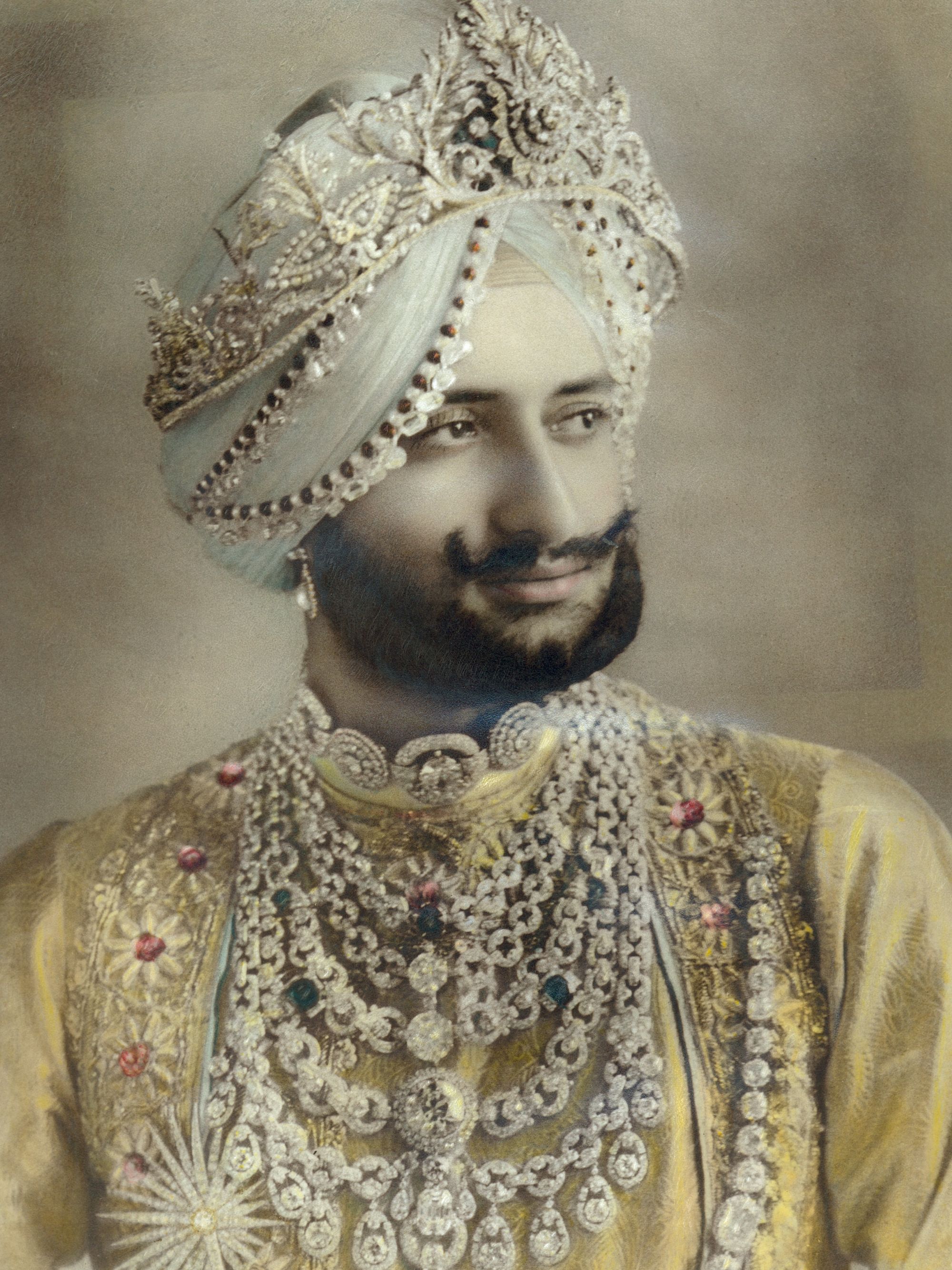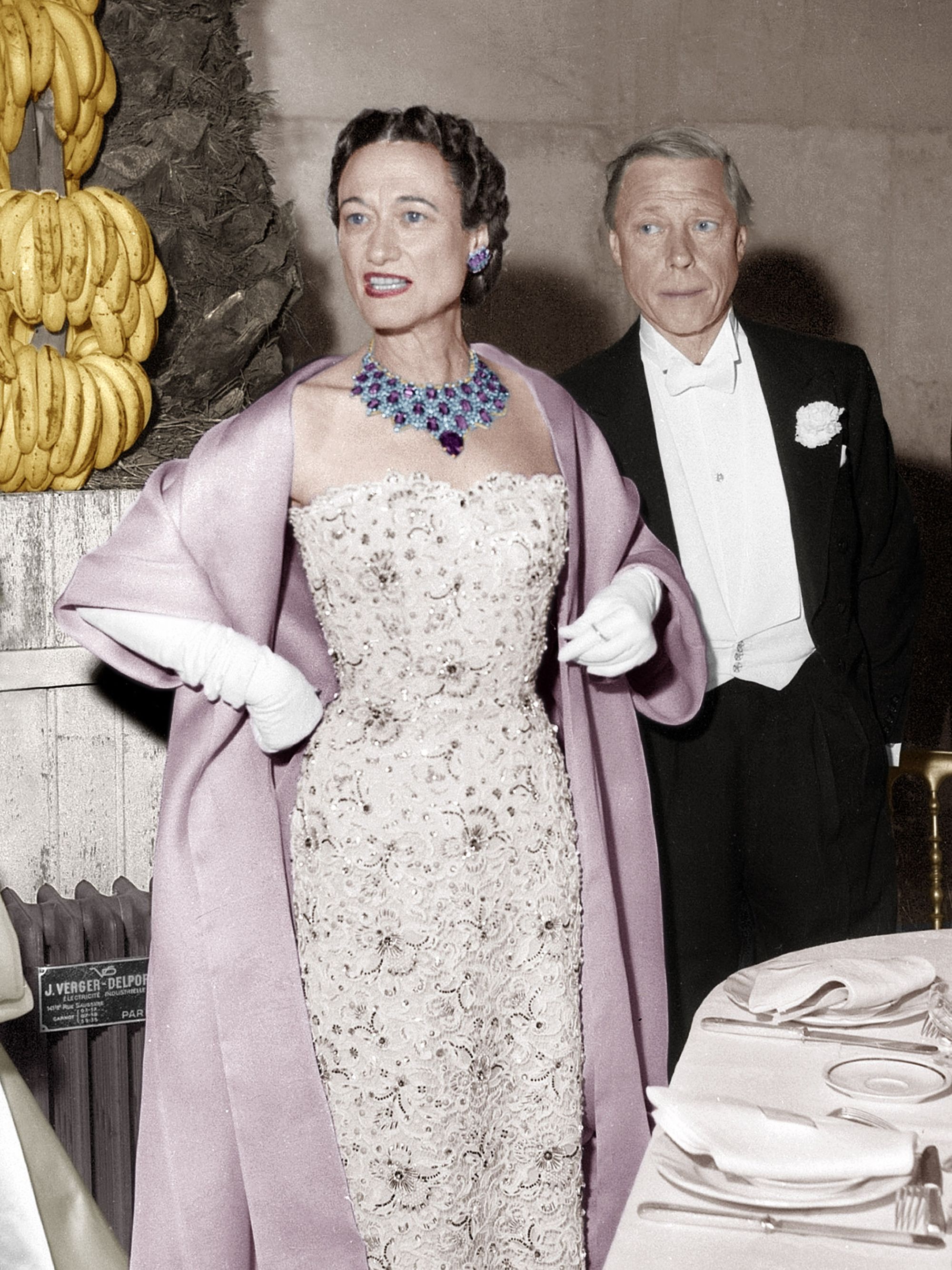CARTIER Retrospective at the V&A: Stories of Power in Capital Letters
In London, the Victoria & Albert Museum is presenting until November 16 a dazzling retrospective of Cartier and its jewels commissioned over time by kings and powerful figures. A spotlight on Cartier London, one of the three branches of the brand that became global ahead of its time.



At the turn of the 20th century, the strategy of the three Cartier brothers—Louis, Pierre, and Jacques—to establish themselves in Paris, New York, and London in order to build a transnational luxury brand was nothing short of visionary. Inspired by the Belle Époque—a period marked by the flourishing of decorative arts, new freedoms born from literary salons, and a fascination with world cultures revealed through universal expositions—the idea of a globally-oriented jewelry house was unprecedented.
It is precisely this collection of influences and inspirations drawn from their travels and encounters with the greats of the world that the Victoria & Albert Museum has chosen to recount throughout the museum galleries, thanks to an original three-part scenography by British architect and artist Asif Khan. Through a delicate work on lighting, he manages to immerse the visitor in a new immersive experience and encourages admiration of the pieces, both old and new, from every angle. “My architect’s eye, sensitive to the language of light, led me to work with the light that the jewels reflect,” he explained to the public during the Art Dialogues organized at the V&A. This first retrospective of the brand in the UK in 30 years, simply titled CARTIER in capital letters, brings together more than 350 pieces—sets, necklaces, tiaras, precious objects, watches, and mystery clocks from the house since its founding in 1847.
Jacques Cartier, Founder of Cartier’s Royal Heritage
This creative power of Cartier London, born from the opening of the first boutique in the British capital in 1902, is at the heart of the V&A’s message. It received the full attention of the exhibition’s two curators, Helen Molesworth and Rachel Garrahan. At the inauguration on April 9, just a few days before the official public opening, the museum’s director, Tristram Hunt, explained to the press invited for the occasion:
“Very soon after Cartier established itself in London at the beginning of the last century, this prestigious French house quickly became part of the British way of life. This project is an opportunity to celebrate Great Britain as a center of creativity and craftsmanship—qualities that are so important for education today. With this exhibition, Cartier symbolizes the fusion of all eras and forms of creativity from around the world. It brings design into the realm of art.”
Until November, the CARTIER retrospective showcases the most exceptional pieces from the house’s museum collection, as well as many jewels loaned by King Charles III and various clients of the brand. For Jacques Cartier’s destiny was very early on linked to the aristocracy. It was at the coronation of Edward VII in August 1902 that 27 tiaras were ordered from Cartier London for the occasion—a decisive event that propelled the jeweler into the circles of lords, princes, queens, and consorts. It was in this way that Cartier obtained the famous Royal Warrant as an official supplier to the royal family of England in 1904. The precious Royal Warrant was renewed several times, most recently in 2017 by Charles, then still Prince of Wales.
Newsletters
Cet article vous plaît ?
Inscrivez-vous à nos newsletters pour recevoir les dernières publications et analyses selon nos 4 thématiques:
Very quickly, Jacques integrated into London life. He spoke and wrote the language with his coworkers and married an Englishwoman. All of aristocratic society flocked to wear the creations of this French house whose workshops—exceptionally—were based in London, on the first floor of the New Bond Street boutique, the temple of Cartier London, opened in 1909. Very original and avant-garde for the time, the sets caused a sensation in high society salons. It must be said that the only competitors in town were all British and more conservative in spirit.
Unlike Cartier New York, opened by his brother Pierre Cartier, which maintained the brand’s French roots and ordered all its pieces from the workshops on Rue de la Paix, Cartier London shaped its style through contact with British aristocracy and London artisans—even using this as a selling point in its advertisements from the 1930s.
Was this the golden age of cartier? “Cartier London did produce some major pieces in the 1930s, that’s true,” says Pascale Lepeu, director of the Cartier Collection. “But we can’t call it a Golden Age, because Cartier has succeeded in transcending all eras, always leaving its mark—and that is its strength. First the Belle Époque and its Garland style, then Art Deco with its highly architectural jewelry, then the fauna and flora, followed by contemporary pieces. This creative continuity is especially clear in the Tutti Frutti showcase. I think Louis Cartier and Jeanne Toussaint would be very proud of it, because it displays pieces of that style from 1925 to 2024; they demonstrate a beautiful creative evolution, just like the showcase dedicated to the emblematic panther theme with creations from 1914 to 2014. At no point does Cartier repeat itself, because even back then Louis Cartier believed it was essential to ‘always innovate, and never imitate.’”
Among the masterpieces to discover at the Victoria & Albert Museum, visitors will be able to admire the Williamson Diamond Brooch, commissioned by Queen Elizabeth II in 1953, set with a rare 23.6-carat pink Williamson diamond; the Scroll Tiara, commissioned in 1902 and worn at the coronation of Elizabeth II, as well as by Rihanna on the cover of W magazine in 2016; a rose-shaped brooch (1938), worn by Princess Margaret at her sister’s coronation; an amethyst and sapphire brooch made by Cartier London (around 1933) and worn by Nelly, the wife of Jacques Cartier; the majestic Manchester Tiara from the V&A collection, made in 1903 for the Dowager Duchess of Manchester; a selection of Cartier watches, including the Crash wristwatch, designed by Cartier London in 1967 during the Swinging London period.
Colonial Expansion and the New World Made the Brand’s Fortune
As visitors move through the exhibition, jewelry as a symbol of power takes on its full meaning. Beyond the English royalty, it was also British colonial expansion that made Cartier’s fortune. In 1911, Jacques was well-inspired to embark on a three-week sea voyage to India. A taste for adventure that would serve both his interests and those of the house, especially as that same year, King George V himself traveled to Delhi for his Durbar. For this event, the maharajas rushed to place orders with Jacques Cartier for the grandest jewels in preparation for the royal encounter. The legendary necklace of the Maharaja of Patiala was born from this need to confront power through grandeur.
But this distinction was not solely the domain of men—women also measured each other by flamboyance. Pascale Lepeu recounts: “One could not attend a dinner with the queen without wearing a tiara. Consuelo Vanderbilt recalls that, during one of her many meetings with her, she hadn’t had time to stop by the bank to retrieve her tiara before dinner. She decided to wear a feather aigrette; the king did not fail to comment on it.”
Over the decades of the first half of the 20th century, good taste and high society took shape on both sides of the Atlantic. While aristocracy ruled in Great Britain, the American bourgeoisie imposed its style, shaped by fierce competition between leading women. “American women tried to emulate the French and the British,” continues Pascale Lepeu. “Coming from the New World, they took on all the attributes of royalty to assert their power. Mrs. Vanderbilt was the queen of New York and wore royal jewels—grand tiaras, bodice ornaments. In Washington, Mrs. Townsand competed with Evalyn Walsh McLean, both major Cartier clients. Everyone watched their appearances, eager to see who would wear what.”
By the 1950s, good taste had shifted to the intelligentsia and artists. Many actresses and powerful women of the era chose emblems befitting their power. Maria Felix chose the serpent and crocodile as emblems of her jewels, while Barbara Hutton preferred the tiger. Today, they have been succeeded by formidable businesswomen like Pansy Ho in Macau, whose tiara is displayed in one of the cases. Proof of this ongoing legacy: the most recent pieces on display at the V&A date from 2023.
Full of extraordinary discoveries, the retrospective tells the story of how Cartier, early on, understood the inevitable globalization that would soon take over.
Partager l'article
Continuez votre lecture
A Hundred Years of Trinity: Power Squared
Reinvention to celebrate an icon is a gamble. And, when the jewel embodies timelessness and simplicity, it’s a daring challenge. It is with audacity that Cartier has chosen to reinterpret the Trinity tri-gold jewel, which celebrates its centenary this year.
Newsletters
Cet article vous plaît ?
Inscrivez-vous à nos newsletters pour recevoir les dernières publications et analyses selon nos 4 thématiques: